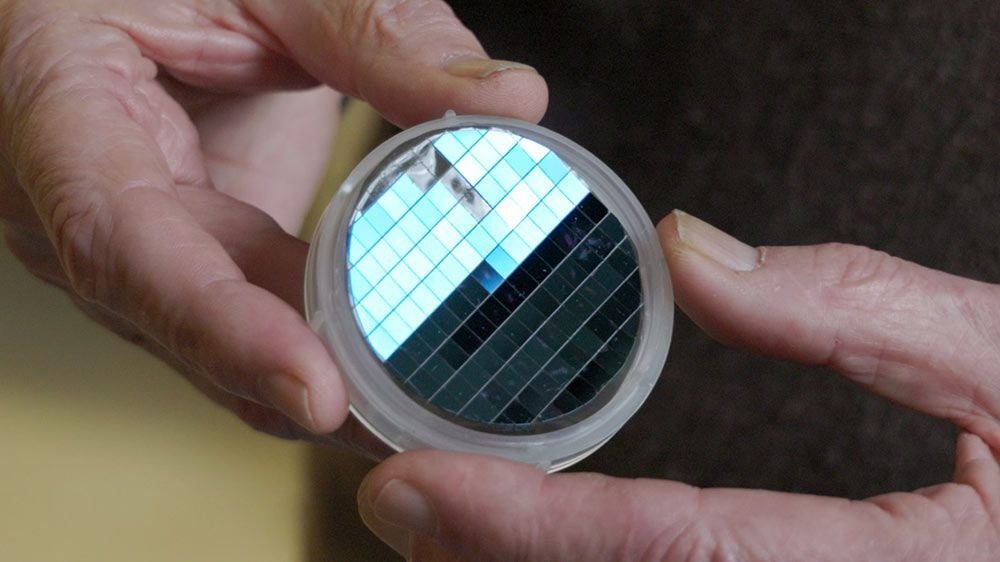It’s still bonded to silicon carbide…
Don’t get me wrong, it’s an important advancement in semiconductor technology if the claims they’re making hold up. But it’s grown on silicon wafers. “Post-silicon chips” feels somewhat misleading here
Yeah, they mean in terms of the limitations if silicone, specifically the gate sizes and other properties. If the whole chip is silicone then you are bound by those limitations, but by changing to carbon things can be smaller and more efficient, allowing better computation with less waste heat.
Silicon and silicone are two very different things, just FYI. But that does make sense
Damn autocorrect, yes, absolutely, thanks for that
Whats the advantage of post silicone chips?
While silicon is abundant on Earth, monocrystalline silicon is incredibly hard to produce. You need to use either chemical purification methods that use silicon compound gases, or to use a slow process that starts with a crystal seed to slowly grow giant rods of pure silicon under a chamber filled with argon gas, and many things can go wrong.
Semiconductor-grade silicon needs to be 99.999999% pure to guarantee good yields of microchips.
More on this process here:
OTOH, there are more (and cheaper) ways of grafene production:
https://en.wikipedia.org/wiki/Graphene_production_techniques
(On a related note, you might be interested in the history of the transistor to know the arduous path that humanity took just to get where we are )
EDIT: Apart from the manufacturing methods, graphene might offer a way to lower the voltage required to operate. Not only that, but electron mobility in graphene is 10 times higher than in silicon.
Good graphene chips might one day require much less power than silicon, and this will be a boon for computationally intensive applications such as 3D rendering or AI.
There’s still a long way to go, tho.
Thanks for the links, that’s really interesting!
Here is an alternative Piped link(s):
Piped is a privacy-respecting open-source alternative frontend to YouTube.
I’m open-source; check me out at GitHub.
Whats the advantage of post silicone chips?
I’ve not gone into the deep on this yet but what I gather the basic advantages are:
Greater efficiency so cooler temps lower power consumption Higher frequency (AI,Playing Crysis) An increase in physical properties like flexibility
Can it play Crysis (better) still getting the upvotes.
There will be no classic meme slander.
Slander?! I gave him one of those upvotes!
Graphene transistors have shown to clock in THz and require less energy than silicone counterparts. First step to real quantum computers (computing by manipulating quantum states) too. C is loved there.
It’s by your comment that I’ve now finally realised the C-alternative programming language Carbon was named as a nod to the name and element C
No, i think that’s entirely because the precursors were A and B.
I’m not talking about C itself, I’m talking about the programming language Carbon, aimed at being a compatible alternative 😅
I’ll wait when i see an actual product. I’ve been hearing about the wonders of graphene for the better part of a decade at least now.
deleted by creator








